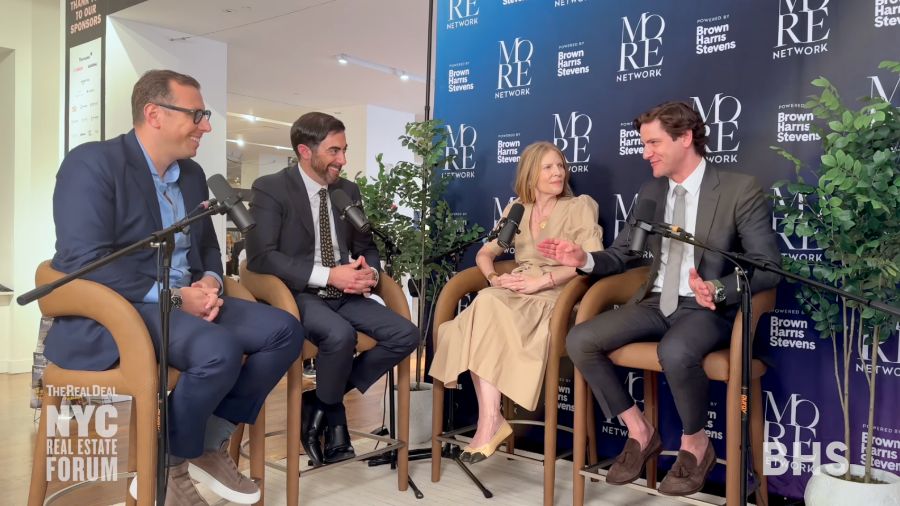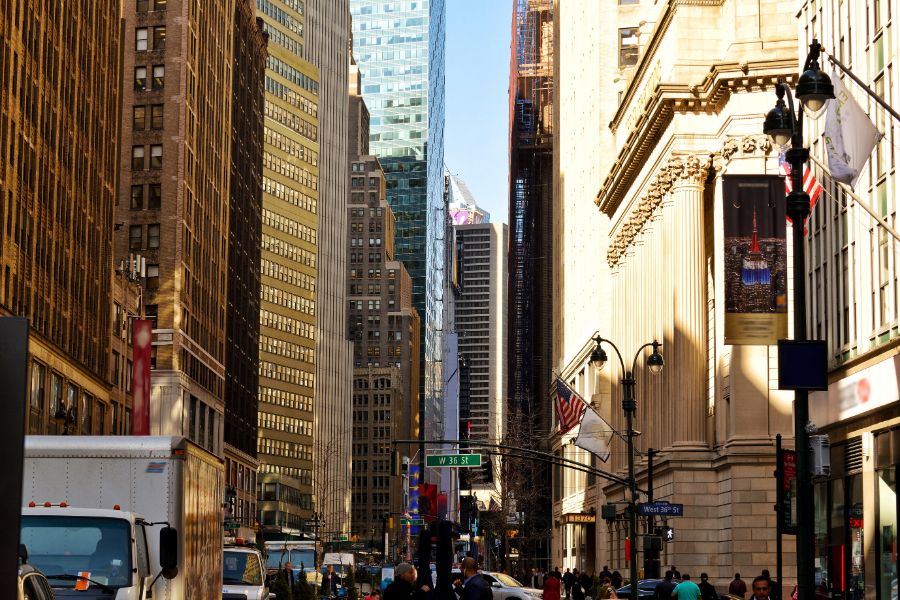By Serj Markarian, Licensed Associate Real Estate Broker
In the early 2000s, it wasn’t unusual for foreign investors to pour into the New York real estate market, buoyed by favorable exchange rates and a strong appetite for U.S. assets. But recently, that trend has taken a sharp turn.
According to the National Association of Realtors, international buyers purchased just 54,300 existing homes nationwide over the past year—a 36% drop and the lowest level since 2009. The total dollar volume also fell to $42 billion, down 21% year over year.
While those numbers reflect the U.S. market overall, NYC is no exception. As one of the top destinations for global buyers (alongside Miami and Los Angeles), New York has long benefited from international demand—especially in the luxury and new development sectors. But that’s shifting.
A mix of factors is at play: high tariffs, a strong U.S. dollar, and rising political tensions between the U.S. and countries like Canada, China, and parts of Europe. Even tourism is being affected, with a reported 70–90% drop in bookings from Canadian visitors to Manhattan, according to Jonathan Miller, President and CEO of Miller Samuel Inc.
Why does this matter? For one, less foreign capital means more opportunities for local buyers—especially in price tiers that once saw heavy international interest. And for sellers, particularly in the high-end or new construction space, it may mean adjusting expectations around timing and pricing.
This doesn’t necessarily spell trouble for NYC real estate. But it’s a notable shift—and one to watch as global headwinds continue to evolve.


